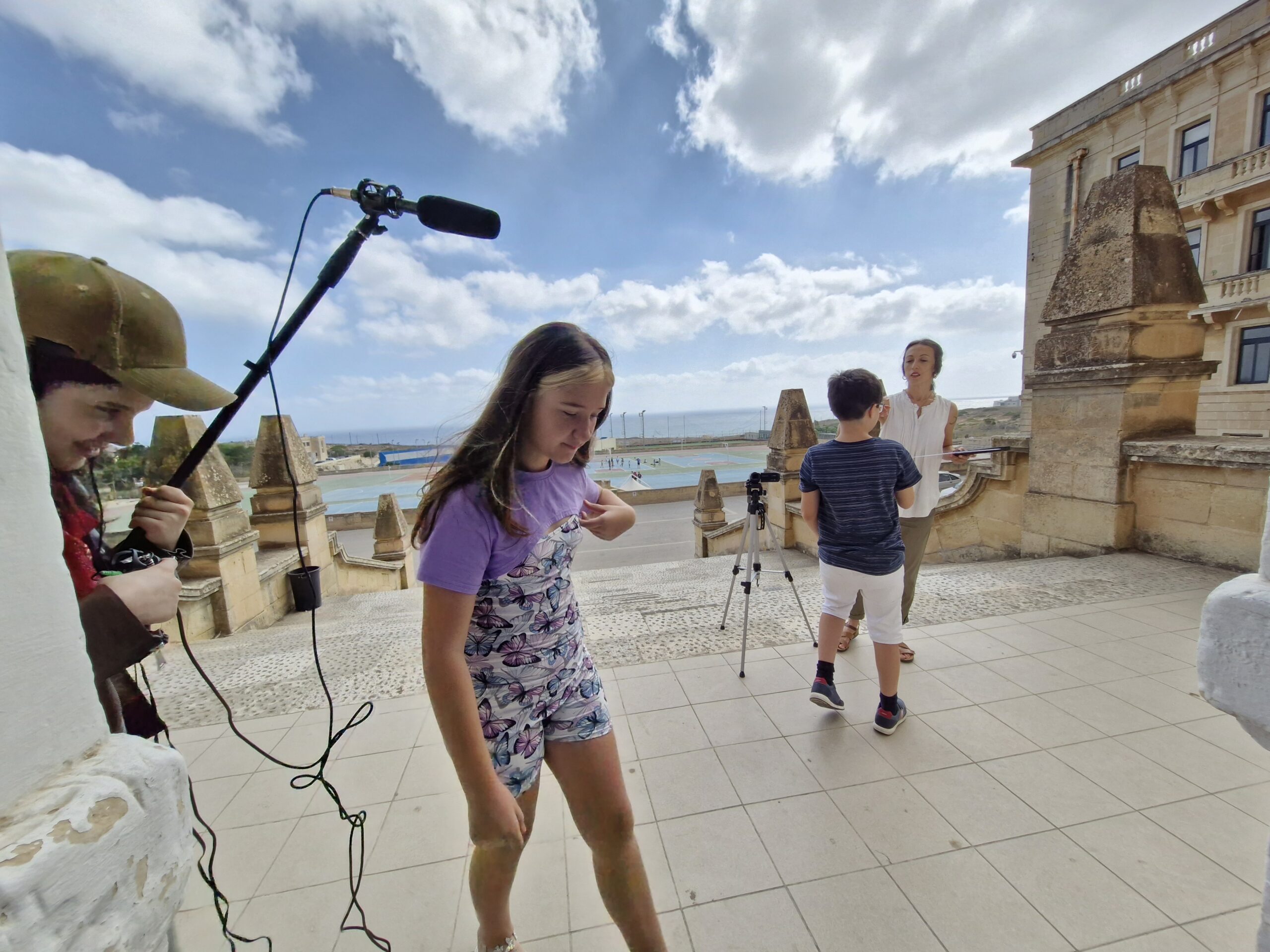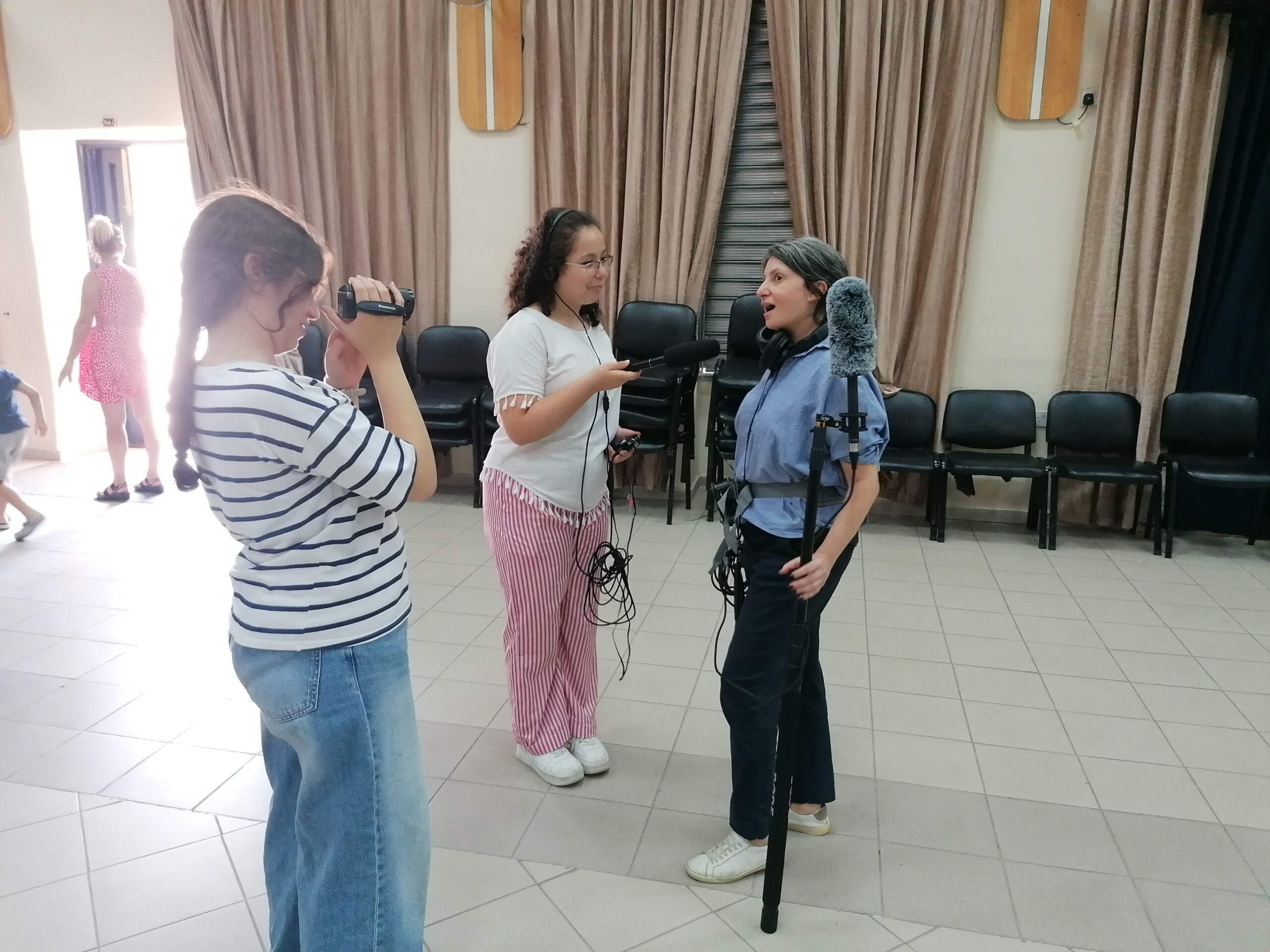Seen and Heard Protest Videos: Thinking through Tech
Charlie Cauchi

In the society I inhabit, like many places, I suppose, most children take selfies several times a day; their images readily and effortlessly shared on social media platforms and in private group chat messages. When I set out to plan the mentoring programme, I contemplated the omnipresence of cameras in children’s lives. I wondered how, as a mentor, I could make children understand how this pervasive technology if used correctly, can immerse them in their surroundings and make them feel seen and heard.
I was asked to join the Seen and Heard project to explore the potential of utilising film as a tool during my mentoring sessions. I aimed to empower these children to create their own stories, understand their potential, and actively participate in their communities. Technology was my point of departure.
It was evident from the beginning that we wanted to give the children complete control of the filmmaking equipment and tools while keeping them safe and adhering to our ethical protocol. So, there was a choice from the get-go to eschew tablets and mobile phones. Additionally, while ubiquitous in the children’s daily lives, these devices often offer a solitary and introspective experience that contrasts sharply with filmmaking’s collective and outward-looking nature. This and our budgetary limitations led me to choose camcorders as our main device. Since DSLRs were out of the question. But old-school, flip-screen, no-fuss camcorders ticked all the right boxes. This also felt retro somehow, taking them to a pre-smartphone era.
Besides the camera, we provide the children with a comprehensive kit: tripod, boom pole, shotgun microphone, sound recorder, and clapperboard. This package was carefully selected to mirror the equipment used by film crews, thereby simulating a real-world environment. The choice was rooted in the belief that hands-on experience with such tools would enhance their experience and foster a deeper appreciation for the collaborative nature of filmmaking. We were right.
This decision clearly reflected the program’s focus on teamwork and interpersonal skills. By providing this kind of equipment, the children soon realised that making their productions necessitated teamwork. It took them no time to master the art of calling “action” and “cut,” realising when they needed to retake because the wind was too noisy, or the boom was in shot. The technology encouraged the children to engage with one another, building not only their films but also their interpersonal skills and collaborative work and instilling a sense of shared community.

